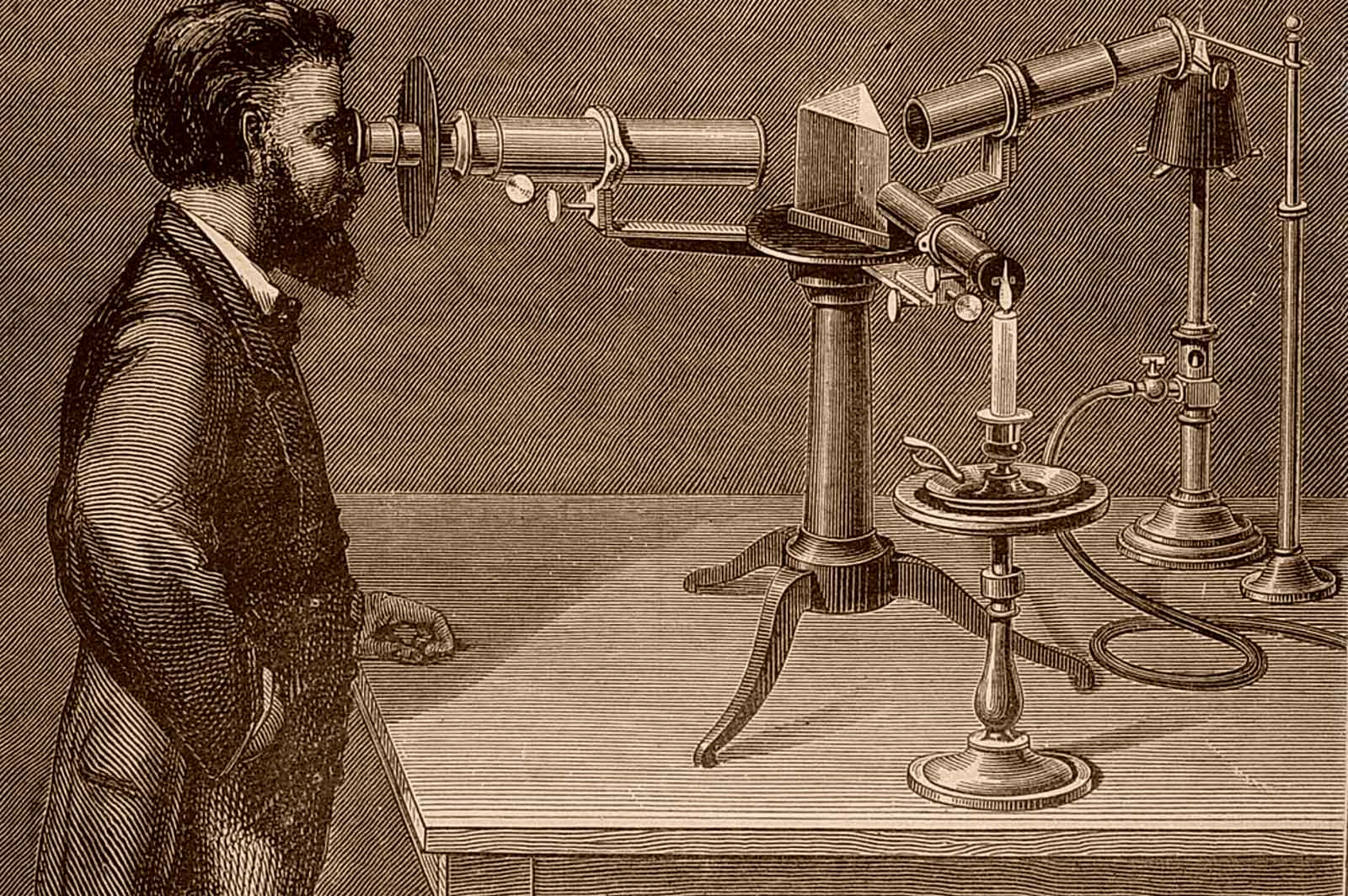Following the Optmizely GraphQL and Content Graph Updates, there have been mentions of ‘headless’ and buzzwords like ‘Content Graph’. But what do these terms mean? Let’s dive into the Optimizely updates including the major release of the GraphQL API and the innovative Content Graph, to discover how they are redefining digital experience management.

First, Some Definitions
GraphQL is a data query and manipulation language for APIs, providing a runtime for executing queries with your existing data. It offers an efficient, powerful, and flexible alternative to REST.
Key Points about GraphQL:
- Strongly Typed: Every GraphQL API adheres to a specific schema, requiring certain data types, which enhances the reliability and security of development.
- Hierarchical: GraphQL is designed to mirror the natural structure of your data, making it easier to request what you need intuitively.
- Client-specified Responses: Clients can request exactly what they need, making applications more efficient by preventing over-fetching or under-fetching of data.
- Introspective: You can query a GraphQL schema for details about itself, which is a powerful tool for building dynamic clients or for generating documentation.
- Version-free: With GraphQL, you can deprecate API fields to manage changes and avoid versioning your APIs.
GraphQL also enables you to aggregate data from various sources so you don’t have to make separate calls to different APIs. You can make a single query to the GraphQL server and it retrieves the data from multiple sources. Optimizely is offering GraphQL as a single endpoint on a multitenant SAAS platform. You can activate these features from within the CMS/DXP PaaS portal.

Understanding GraphQL’s Role in Optimizely GraphQL and Content Graph Update
In terms of raw speed, such as server processing time, GraphQL isn’t necessarily faster than REST. However, GraphQL can be more efficient than REST in handling data, which might make it seem faster from a client perspective.
Here’s why:
- Reduced Over-fetching and Under-fetching: In REST, endpoints are fixed, and each endpoint returns a fixed structure of data. GraphQL allows clients to specify exactly what data they need, leading to fewer bytes being transferred over the network.
- Fewer Requests: With GraphQL, you can often get all the data you need in a single request, reducing the apparent loading time.
- Simplified Data Aggregation: In complex applications, REST often requires server-side logic to gather data from various sources. GraphQL simplifies this process, potentially reducing the overall processing time.
Optimizely GraphQL and Content Graph Update: Search as a Service, and OpenSearch
According to Optimizely’s blogs, webinars, and forum posts, the implementation of Content Graph has been developed to exceed the basic requirements of search functionality.
Search Powered by Content Graph
Content Graph offers functionality similar to Optimizely Search & Navigation, yet they are technically distinct. Content Graph has faster performance and added features.
Benefits of a Content Graph-based search service include:
- Faster search results
- Better error handling
- More flexibility over search logic
- Cross-application and cross-platform search capability
Optimizely Docs on Content Graph and Search & Navigation
We have worked hard on our infrastructure code and configurations. The beating heart of Content Graph is now OpenSearch. We have automated our multi-tenant distributed platform for rolling upgrades of OpenSearch, ensuring uninterrupted service.
OpenSearch
There are mentions of the Content Graph’s search features being powered by OpenSearch. We are keeping an eye on this area since search is so key to our client partners.
Update 7/18/23
Optimizely has published a developer tool that allows a dev to demo the GraphQL data. Check out the GraphQL Demo.





